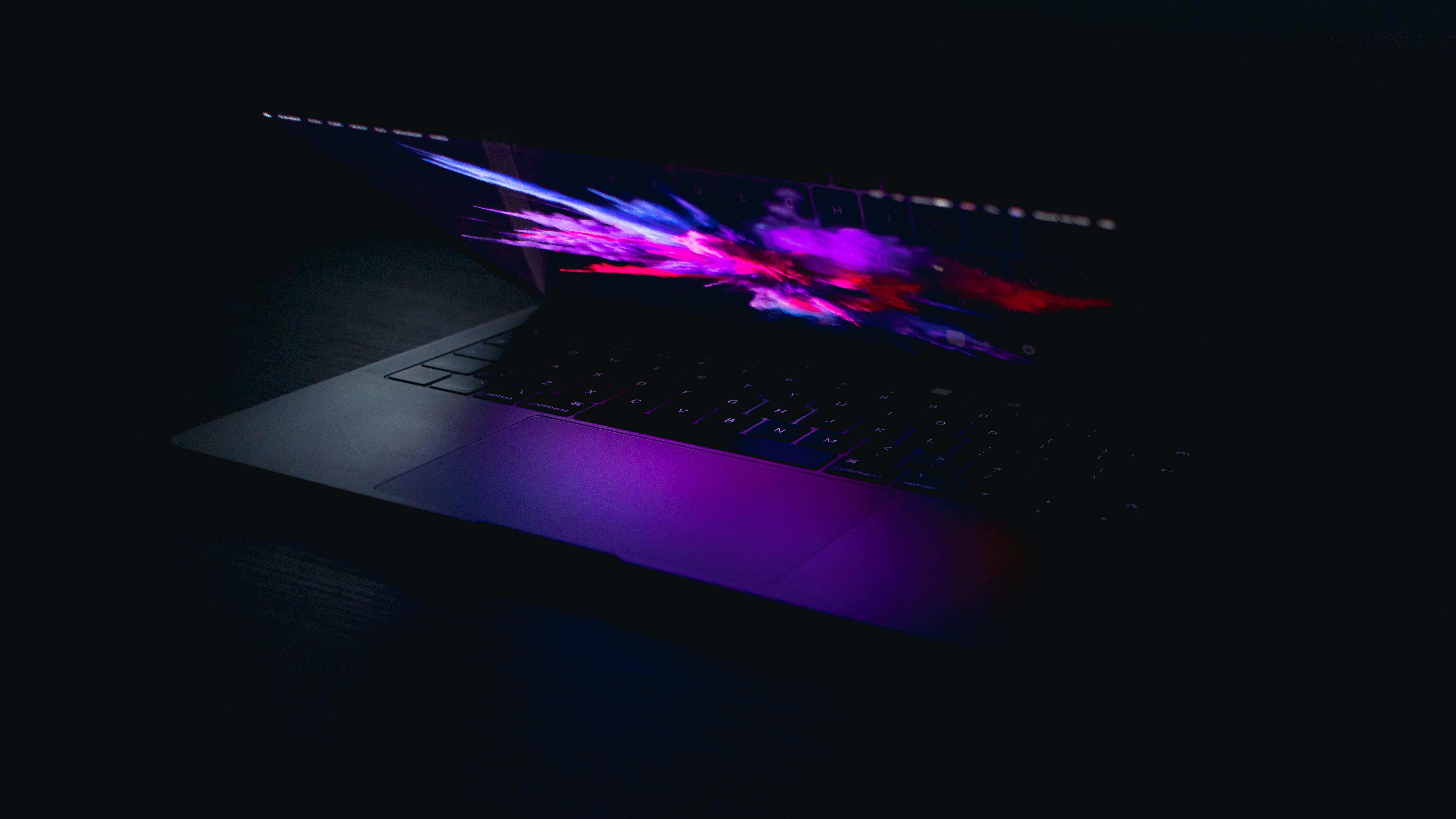Boost Your Mac's Speed: The Easy Guide to Disabling Unnecessary Startup Apps
Is your Mac taking forever to boot up? Do you find yourself staring at a spinning pinwheel while a swarm of unwanted apps launch themselves at startup? You're not alone! Many Macs become bogged down by unnecessary login items that slow down your system and eat away at precious startup time. But fear not, fellow Mac user!
- Entrefemme
- May 14, 2025
- 0 Comments
- 3288 Views
This article is your one-stop guide to conquering the startup clutter. We'll show you the easy way to disable unnecessary startup apps, freeing up valuable resources and transforming your Mac into a speed demon. Get ready to say goodbye to sluggish startups and hello to a faster, smoother Mac experience!
I. Temporarily Disable Startup Apps
Sometimes, it's useful to temporarily disable certain apps that launch when your Mac starts up without removing them permanently from the login items list. This method is particularly handy if you want to test your system's performance without these apps or if you need your Mac to boot up quickly for a temporary period. Here’s how:
Using Safe Mode
Safe Mode on macOS temporarily disabled all startup apps. It’s a straightforward method to start your Mac without startup apps and diagnose potential issues.
1. Turn off your Mac:
- Click the Apple icon in the top-left corner of your screen and select **Shut Down**.
- Wait for your Mac to completely shut down.
2. Start in Safe Mode:
- Turn on your Mac and immediately hold down the Shift key.
- Release the Shift key when you see the login window. Your Mac is now in Safe Mode.
3. Check performance:
- Use your Mac in Safe Mode to see if performance improves without startup apps.
- If your Mac performs better, it may indicate that one or more startup apps are causing slowdowns.
4. Restart normally:
- Once you’ve finished testing, restart your Mac normally by going to the Apple menu and selecting Restart.
- Your startup apps will be enabled again.
II. Disable Startup Apps
If you find that certain apps slow down your Mac’s startup or consume unnecessary system resources, it’s often better to disable them permanently. Here’s how you can disable a startup app directly from its Dock icon.
Disable a Startup App via the Dock
1. Locate the app in the Dock:
- Ensure the app you want to disable is in the Dock. If it’s not, open the app so it appears in the Dock.
2. Access the app’s options:
- Right-click (or Ctrl + click) on the app’s icon in the Dock.
- A contextual menu will appear.
3. Disable "Open at Login":
- In the contextual menu, hover over Options
- If Open at Login is checked, click on it to uncheck. This prevents the app from opening automatically each time you start your Mac.
Procedure Example
To illustrate, here are step-by-step instructions for disabling Spotify from startup:
-
Right-click on Spotify’s icon in the Dock:
Suppose you want to disable Spotify at startup.
Right-click on Spotify’s icon in the Dock. -
Access options:
A contextual menu appears. Hover over **Options** to see more settings. -
Disable "Open at Login":
In the options, locate Open at Login.
If it’s checked, click to uncheck it. This prevents Spotify from automatically opening on each Mac startup.
III. Remove Login Items
Sometimes, you need to completely remove certain apps from the login items list to prevent them from launching automatically when your Mac starts up. Here’s how you can do it using System Preferences.
Using System Preferences to Remove Login Items
1. Access System Preferences:
- Click the Apple icon in the top-left corner of your screen and select System Preferences.
- You can also open System Preferences by clicking its icon in the Dock if present.
2. Navigate to Users & Groups:
- In System Preferences, click Users & Groups.
- Select your user account from the list on the left.
3. Access Login Items:
- Click on the Login Items tab.
- Here, you’ll see a list of apps that launch automatically at login.
4. Remove unwanted apps:
- Select the app you want to remove from the login items list by clicking on it.
- Click the - button below the list to remove the app.
- Repeat this for each app you want to remove from the list.
Example Procedure
To illustrate, here’s a step-by-step description of removing Dropbox from the login items list:
- Open System Preferences:
Click the Apple icon at the top-left of the screen and select System Preferences. - Navigate to Users & Groups:
In System Preferences, click on Users & Groups. - Select your user account:
In the left column, select your user account. - Open the Login Items tab:
Click on Login Items to view the list of startup apps. - Remove Dropbox from the list:
Click on Dropbox in the list to select it.
Click the - button below the list to remove Dropbox.
IV. Remove Launch Daemons and Launch Agents
Launch Daemons and Launch Agents are system files used to start background services when your Mac boots up. While useful for some services, others can slow down your system or be unnecessary. It’s crucial to be cautious when deleting these files, as removing the wrong ones can cause system issues.
Steps to Remove Launch Daemons and Launch Agents
1. Access your main disk via Finder:
- Open a new Finder window.
- In the left sidebar under Locations, select your main disk, typically named Macintosh HD.
2. Open the Library folder:
- In your main disk, open the Library folder.
3. Find LaunchAgents and LaunchDaemons folders:
- Inside the Library folder, locate and open the LaunchAgents and LaunchDaemons folders.
4. Identify files to delete:
- Navigate through the LaunchAgents and LaunchDaemons folders to find files related to apps you want to remove.
- CAUTION: Do not delete all files in these folders. Only delete those you are certain are related to unwanted apps. Deleting essential system files can make your Mac unstable.
5. Delete unwanted files:
- Select the files you want to delete and drag them to the Trash.
- Empty the Trash to complete the deletion.
Procedure Illustration
To illustrate, here’s a step-by-step description of deleting a file from LaunchAgents:
- Open Finder:
Click on the Finder icon in the Dock. - Access Macintosh HD:
In the Finder sidebar, click on Macintosh HD. - Open the Library folder:
In the main folder, open Library. - Navigate to LaunchAgents and LaunchDaemons folders:
Open LaunchAgents and LaunchDaemons to view their contents. - Delete the unwanted file:
For example, if you find a file named `com.example.app.plist` and know that `example app` is not useful, drag it to the Trash.
Empty the Trash to complete the deletion.
Use of Specialized Programs
If manual procedures seem too complex or risky, you can use dedicated applications to manage Launch Daemons and Launch Agents. Here are some recommended programs:
1. MacKeeper:
- MacKeeper offers tools to clean and optimize your Mac, including managing startup items.
2. Nektony's App Cleaner & Uninstaller:
- This app allows complete uninstallation of apps, including their startup files and associated daemons/agents.
3. CleanMyMac X:
- CleanMyMac X is another popular app that provides features to manage startup files and optimize your Mac’s performance.
These are our tested solutions for you. Feel free to let us know if these tips helped resolve your startup app issues. And of course, if you have additional solutions, share them in the comments.

 | Unlock Success with Our Guide
| Unlock Success with Our Guide



0 Comments